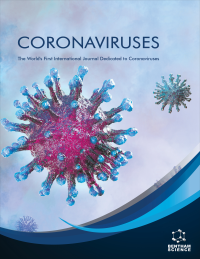
Full text loading...
We use cookies to track usage and preferences.I Understand
Severe acute respiratory syndrome coronavirus 2 (SARS-CoV-2) infection has been shown to trigger autoimmunity, and the phenomenon leads to several chronic human diseases such as Type-1 diabetes, Crohn’s disease, vasculitis, Guillian-Barrė syndrome, etc. The mechanism underlying SARS-CoV-2-induced autoimmune response is unknown and is an active area of interest for the researchers.
The primary objective of this study is to identify the autoantigen markers for the classification of SARS-CoV-2 (COVID-19 positive and negative samples) that trigger an immune response leading to autoimmunity using a machine learning approach that provides information to obtain a more accurate diagnosis for COVID-induced diseases.
Our study reports the transcriptomic profile of the long COVID patient's whole blood samples that are collected from 0 to 35th day of acute infection as described in the GSE215865 dataset (1391 Samples after preprocessing: 1233-COVID positive and 158-COVID negative). The binary classification algorithm from the sci-kit learn python library, namely logistic regression and random forest with 10-fold cross-validation, was applied to the processed data, followed by a selection of the 20 best gene features with recursive feature elimination from a set of 10,719 gene features to obtain the classification accuracy of 87%.
The fidgetin, microtubule severing factor (FIGN), SH3 and cysteine-rich domain (STAC), Cadherin-6 (CDH6), docking protein 6 (DOK6), nuclear RNA export factor 3 (NXF3) and maternally expressed 3 (MEG3) are the autoantigens markers identified for classification of COVID-positive and negative samples.
The identified autoantigen markers from transcriptomic datasets using machine learning techniques provide a deeper understanding of COVID-induced diseases and may play an important role as potential diagnostic and drug targets for COVID-19.

Article metrics loading...

Full text loading...
References


Data & Media loading...
Supplements

